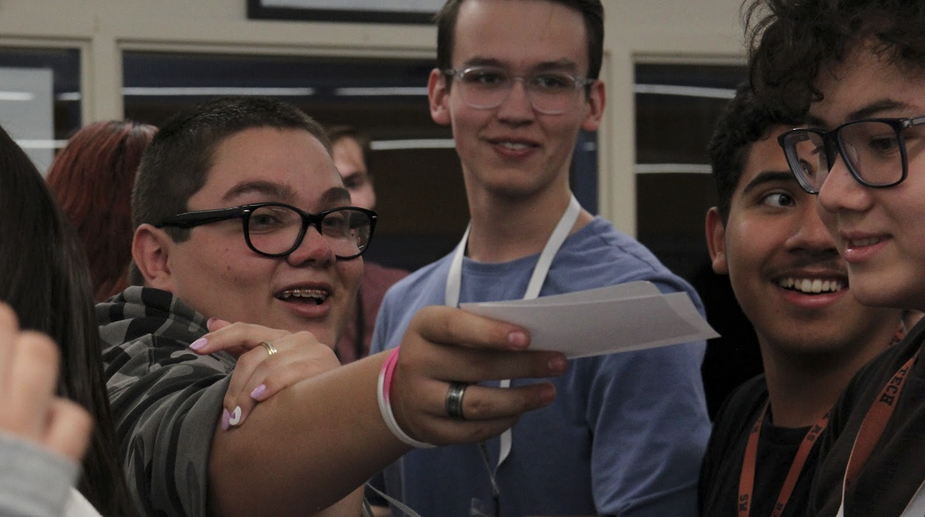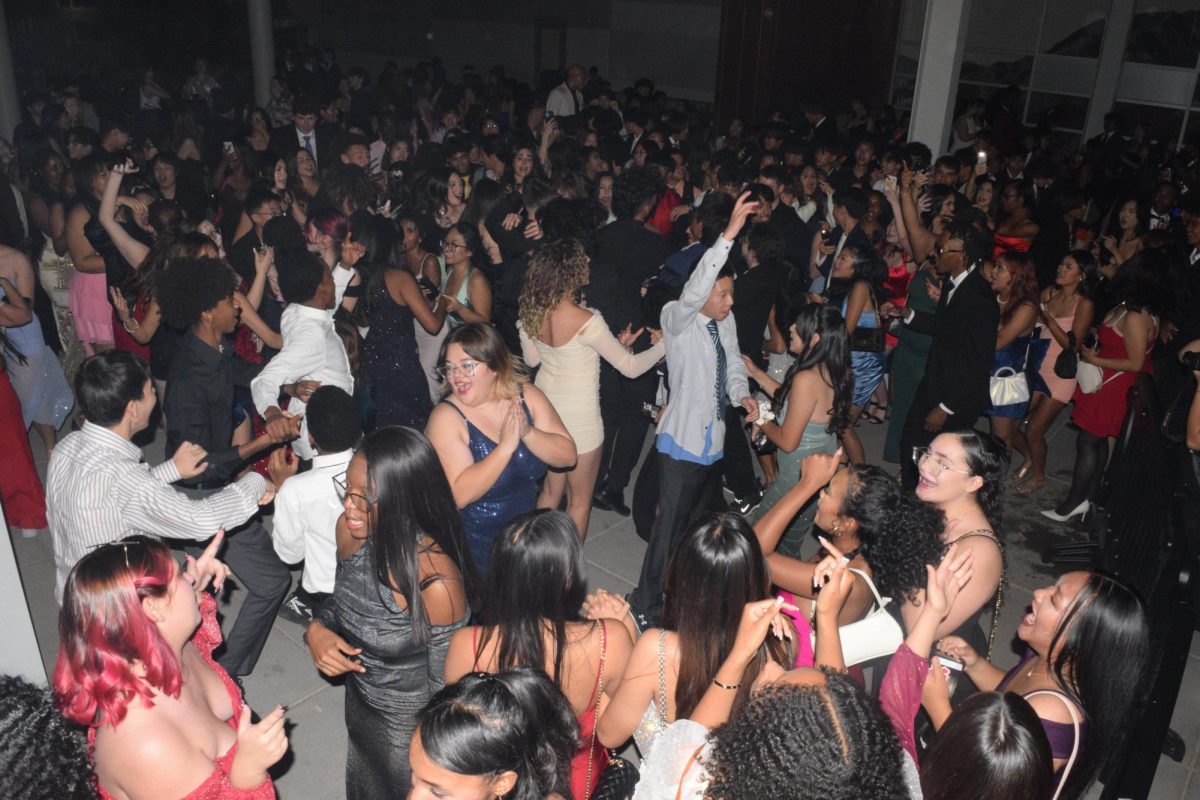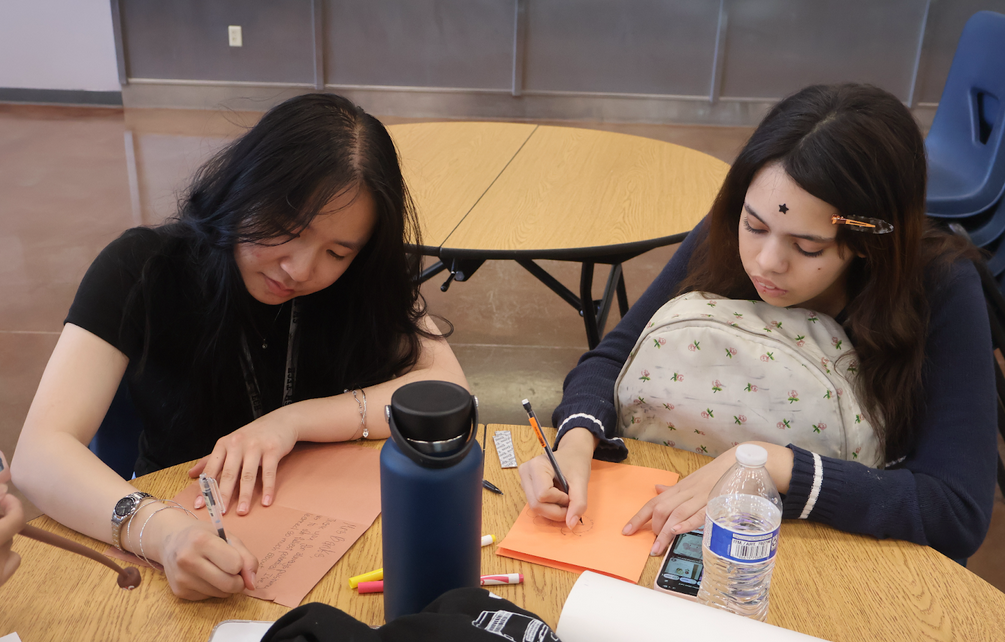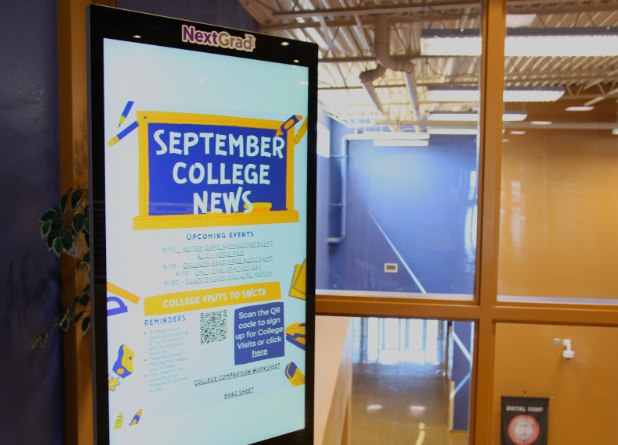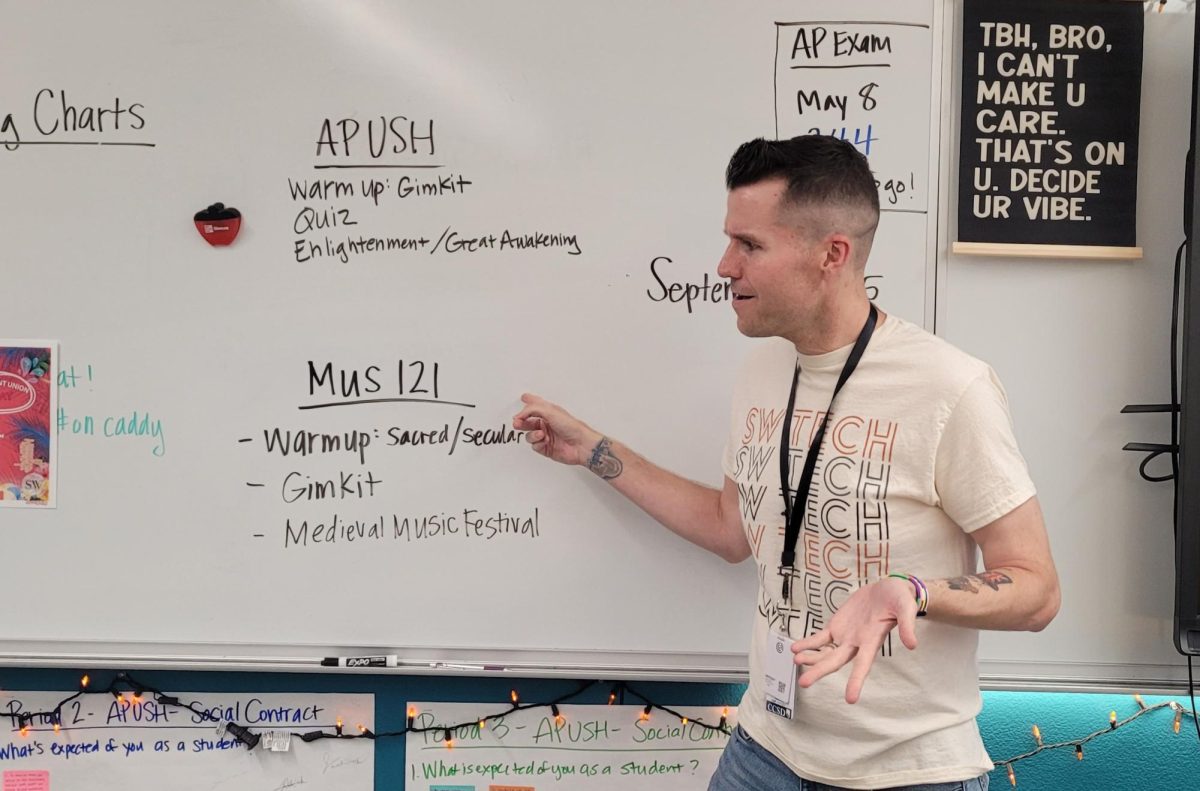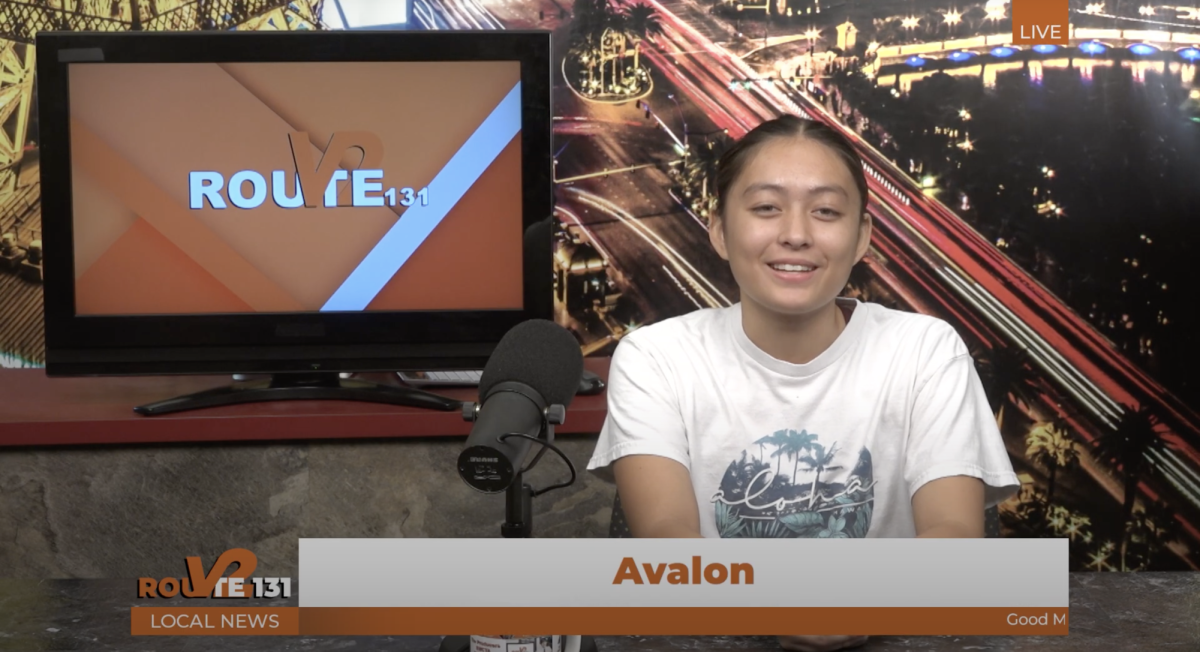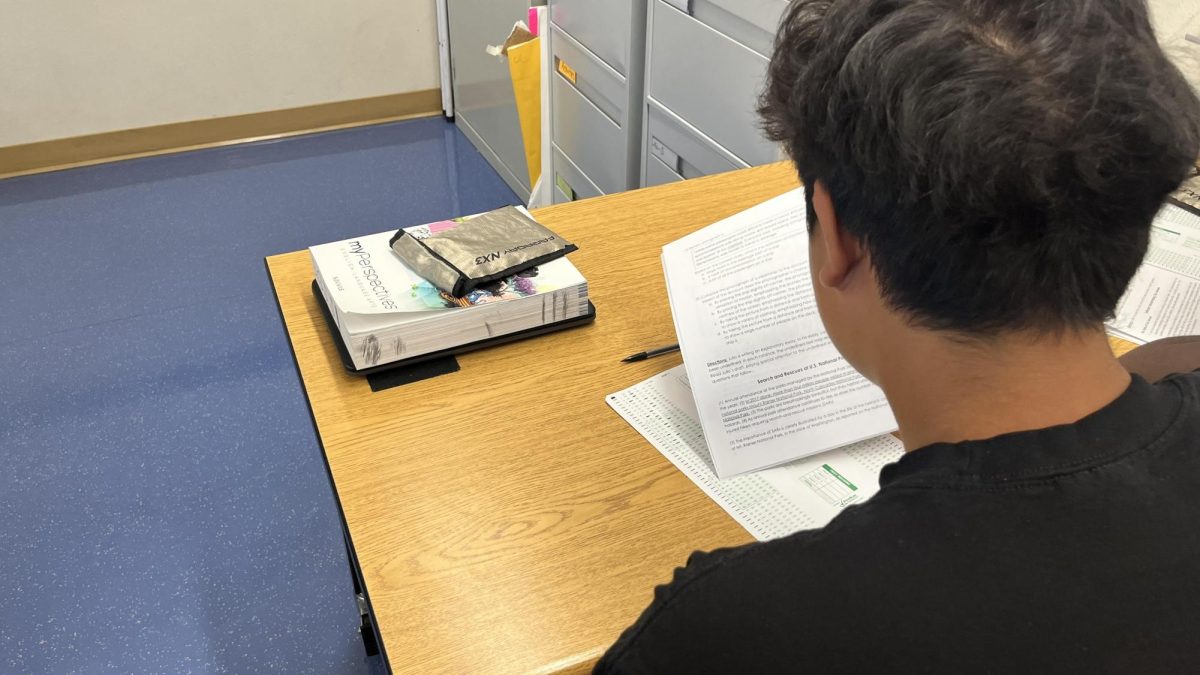Yearbook staff members taking photos in classes, pulling students out to interview them and asking for $10 down payments to buy their yearbooks was not an uncommon sight on campus. Now with distance education, many students are unsure how the yearbook will work, or if there will even be one.
In order to document the history of this year, the staff is gathering photos from students’ social media, interviewing through Google Meet and having staff collaboration through Google Chat for vol. 12 of The Howl.
“Personally for me, it’s going smoother than I had anticipated,” editor Sandra Amores said. “Of course there’s been a few bumps in the road when we first started, but I feel like we’ll be alright this year despite all the set backs this year has caused.”
The biggest change the yearbook is facing is getting photos from the student body to make up the content. With the current pandemic, images from students have to be taken by themselves at home rather than at school.
“There are no classrooms to take pictures in, no students to take pictures of, no events for us to cover, and if that wasn’t enough, even if there were interesting things going on in the digital Meets, we would have no way of recording it since we can’t take screenshots or pictures of them,” The Howl yearbook editor-in-chief Alan Ong said. “All of this has added up to making it difficult for us to do our jobs, forcing us to even change the structure of the yearbook and the content we cover.”
Normally, the staff would start designing in August, but due to the circumstances, they began to plan it in May. The editors also attended design, writing and leadership workshops to help improve their skills.
“It was fantastic that the editors made time to meet with Bobby Hawthorne and Margaret Sorrows during their summer break,” adviser Matthew LaPorte said. “The sessions with these experts helped reaffirm some of the ideas they had and also provide an opportunity to ask questions on areas they were stuck.”
The theme development also started in May, with staff dividing into smaller groups, each designing and presenting a theme, and then the entire staff voting on which to use.
“The theme we all decided on was ‘Don’t Get Us Started’ and the whole point of this theme is covering the extremely hectic and chaotic stories coming out of this year,” Ong said. “The stories where everyone sort of has their own opinion and stance on. Whether it be their opinion on the BLM protests, drama at school, or their favorite video game, everyone has that one topic where as soon as they start talking about it, they just can’t stop.”
Promoting the yearbook has also changed due to the fact that the staff is unable to directly communicate with students. Yearbook editors and staff are working with the student body to market the yearbook by campaigning and completing marketing projects.
“We can’t go around the school selling yearbooks physically like we did in the past,” Ong said. “What we are doing right now is that we’ve gotten everyone on the staff to make a bunch of social media posts advertising the yearbook that could be posted on The Howl’s instagram page.The big thing we want to make sure happens is that people know that the yearbook is still happening and it’s going to be just as good as before.”
The goal is to sell 850 copies of the yearbook. Staff has already started marketing the yearbook and asking students to buy their copy. They’ve sold it out every year.
“We are lucky in that mostly everything we do for the actual yearbook making process is just done on computer, and that anything that was done physically like giving revisions or feedback, can be easily translated digitally,” Ong said. “Even though the content won’t be the same, it’s still going to be a great book and we’re excited to produce it.”

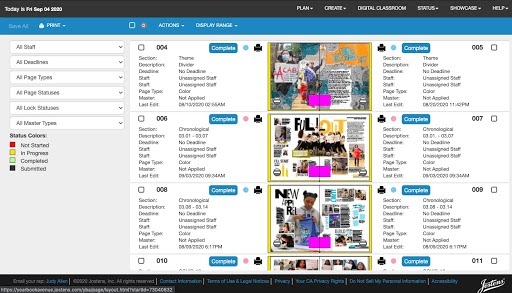

![Practicing the basic skills of nursing, sophomore Natalia Yancey gets her heartbeat checked with a stethoscope. Sophomore nursing students reviewed skills from freshman year. “I’ve always wanted to be in the medical field; it’s been my dream forever,” Yancey said. “Doing [practice skills] so early on is not only an amazing opportunity, but it helps me to prepare for my future.”](https://southwestshadow.com/wp-content/uploads/2025/10/IMG_9843-1200x800.jpg)


